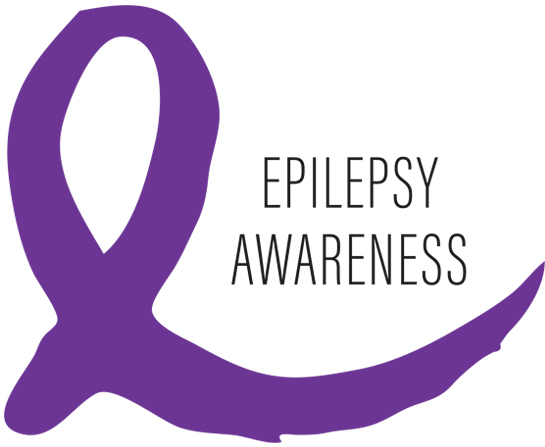ALL ABOUT EPILEPSY PART 1
May 8, 2022 Return

WORDS ABRAHAM MATHEW SAJI
Epilepsy is a chronic and non-communicable disorder of the brain that causes unprovoked and recurrent seizures, resulting in brief episodes of involuntary jerky movement of a part or full body. These spontaneous attacks may be accompanied with loss of consciousness and control of bladder and/or bowel functions, depending on the type and severity of the attack.
Anyone can develop an epileptic condition; but its prevalence is more in young children and older adults than middle age, and more in males than in females.
Epilepsy has no cure for the moment, but it can be managed. The social impacts like the discrimination, fear, prejudice, and stigma that the epilepsy patients go through are more difficult to treat than the condition itself.
Types of Epileptic Seizures and Symptoms
A seizure occurs when there is a sudden rush of electrical activity in the brain.
A generalized seizure affects the whole brain; whereas a partial seizure affects part of the brain.
Mild seizures may be difficult to recognize, lasting for a few seconds during the patient lacks awareness. Stronger seizures can cause spasms and uncontrollable muscle twitches, lasting from a few seconds to several minutes. During a stronger seizure, some patients go into a state of confusion or lose consciousness.
A seizure may be caused due to high fever, head trauma, very low blood sugar, or alcohol withdrawal. Seizures can also vary in frequency from less than one per year to several times per day.
There are several types off seizures such as:
- Simple partial seizure (no loss of consciousness, alterations to sense of taste, smell, sight, hearing, or touch, dizziness, tingling and twitching of limbs)
- Complex partial seizures (loss of awareness or consciousness. staring blankly, unresponsiveness, performing repetitive movements)
- Absence seizures (also called “petit mal seizures,” cause a blank stare, may also cause repetitive movements like lip smacking or blinking, short loss of awareness)
- Tonic seizures (characterized by muscle stiffness)
- Atonic seizures (characterized by loss of muscle control and can make the patient fall down suddenly)
- Clonic seizures (characterized by repeated, jerky muscle movements of the face, neck, and arms)
- Myoclonic seizures (causing spontaneous quick twitching of the arms and legs)
- Tonic-clonic seizures (also called “grand mal seizures”, with symptoms of stiffening of the body, shaking, loss of bladder or bowel control, biting of the tongue, loss of consciousness)
Triggers of Epileptic Seizures
Many patients are unable to remember the incident or their condition following a seizure, just that they tend to feel slightly ill for a few hours. Whereas, there are others who are able to identify things or situations that triggered their seizures. A few of the most commonly reported triggers are:
- Lack of sleep
- Illness or fever
- Infectious conditions
- Stress
- Bright lights, flashing lights, or patterns
- Caffeine, alcohol, medicines, or drugs
- Skipping meals, overeating, or specific food ingredients
To help identify or be aware of the possible trigger factors, epilepsy patients are advised to keep a small note pad to record in addition to their name, address, emergency contact details:
- Day and time of the attack
- Activities they were involved in
- Surrounding conditions
- Presence of unusual sights, smells, or sounds
- What they were eating or how long it had been since they had taken their last meal
- Their level of fatigue
- How well they slept the night before
The more the information entered, the better it is to help identify trigger factors.
